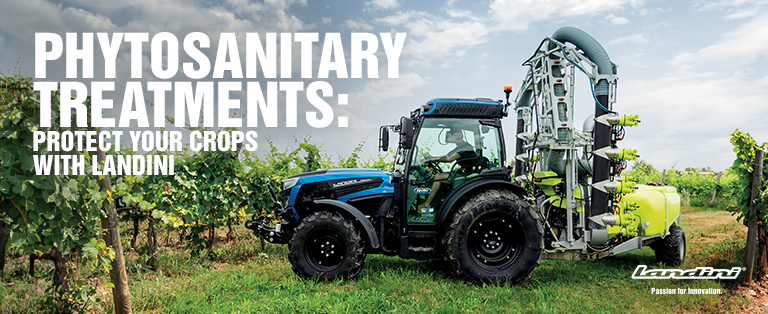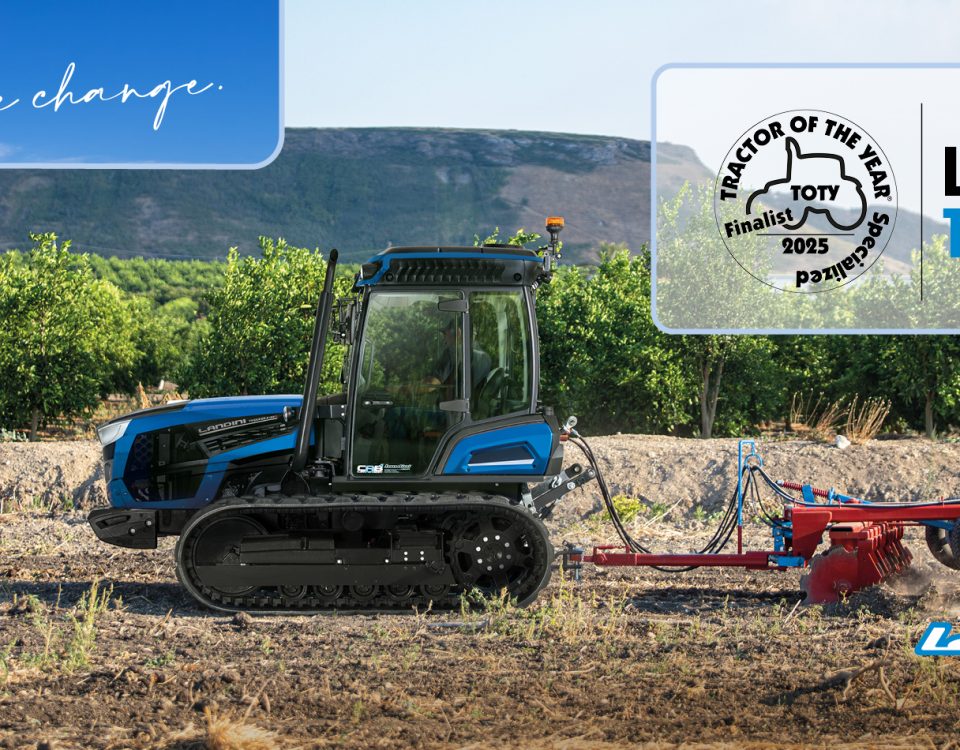Food safety: how to handle food for the protection of everyone’s health

A healthy and complete nutrition is essential for our health. However, access to safe food resources for the many requires a great commitment to hygiene and safe handling by the individuals, companies, and bodies operating in the food supply chain. Ensuring access to safe and healthy food is the underlying notion of food safety. This is a topic that has been much discussed in recent years.
What is food safety?
First of all, let us define what food safety is. Sometimes, dealing with this topic can be confusing, because it is associated with 2 closely related concepts:
- food safety, which has a hygienic-sanitary meaning, concerns hygiene in the food chain for the prevention of food contagion and the spread of diseases
- food security, on the other hand, has a social and economic meaning. It focuses on accessibility to food and therefore the availability of sufficient nourishment and water resources to meet the needs of the population
In Italian both these concepts are translated as “food security”, which can create confusion. However, it is clear that these are two complementary aspects. In fact, having access to the right amount of both healthy and safe food is fundamental for building a strong immune system. All this has repercussions in health, social, and economic terms. Therefore, various national and supranational bodies have been formed to deal with these topics.
In this article we look at the aspect of food safety in more detail, in order to understand how it derives from a careful control of the supply chain in terms of health and hygiene.
Food safety: a health issue
Some cases of food contamination are well known. For example, the so-called mad cow disease, the bovine spongiform encephalopathy first found in the United Kingdom in 1986, which then spread throughout the world. Furthermore, risks associated with salmonella or staphylococcus are also renowned. However, these have many contaminants.
According to data from the World Health Organisation (WHO), an estimated 600 million people become ill each year from food contamination, mainly due to food containing pathogenic bacteria, parasites, or chemicals. There are more than 200 diseases resulting from contaminated food, which range from dysentery (the most widespread) to cancer.
According to the WHO, these diseases cause an estimated 420 thousand deaths a year. The incidence is particularly high in children under 5 years of age (40% of cases), but also among the elderly and infirm.
Developing countries are the most affected, while the continent with the fewest cases is Europe. The latter has 23 million patients a year, with about 5,000 deaths (WHO data). It is estimated that in the United States 48 million people get sick from food poisoning every year, with around 3,000 deaths (CDC data).
Foodborne diseases have a strong impact on public health. Therefore, it is not surprising that a number of actions have been taken at national, supranational, and global level to try to control the phenomenon.
Food safety institutions and regulations
Global institutions such as the WHO and FAO, but also the UN through the World Food Programme and IFAD (International Fund for Agricultural Development), have been involved in the issue of food safety.
Back in 1963 FAO and WHO developed the Codex Alimentarius. This establishes a set of rules for fair food trade in a global market and provides guidelines as well as procedures to protect consumer health.
Food safety legislation in the European Union is among the most stringent. In particular, since the spread of mad cow disease, the institutions have accelerated the process of controlling the food supply chain. It was therefore decided to adopt an integrated approach, paying attention to key factors such as traceability, hygiene, and risk assessment.
In 2002, the Food Safety Authority (EFSA) was set up to provide scientific advice and communication on risks related to the food chain. EFSA addresses a number of key issues in terms of food safety:
- food and feed safety
- human nutrition
- animal health
- plant protection and health
An integrated approach to the issue is based on the belief that food safety is the result of a common effort involving all the entities operating in the food chain, from agricultural production to the food industry, through packaging and transport, to reach the consumer.
Those working in the food chain are therefore required to adopt a series of precautions that refer to the HACCP system. This is a set of procedures for risk analysis and prevention, in addition to hygiene practices, or GHP. Numerous activities are planned for their implementation, such as staff training, hygiene and sanitation of facilities and equipment, pest control, as well as continuous monitoring. Reference standards also include the international standard ISO 22000, for Food Safety Management Systems. This was created to harmonise industry standards, always with the aim of identifying and managing risks.
At Landini, we stand side-by-side with those who work in the agricultural industry, to help them face everyday challenges through cutting-edge, reliable, and easy-to-use tractors. Contact our dealers to find the tractor that best meets your needs.



